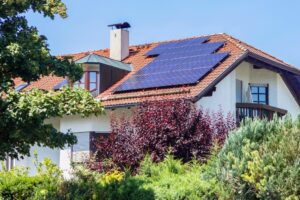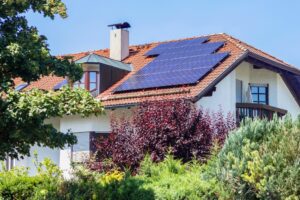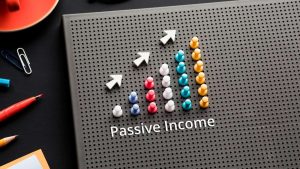Power Up Your Solar & Industrial Systems with a Future-Ready Three-Phase Inverter


The modification of energy infrastructure, together with industries and enterprises, and bulk solar consumers, requires better power systems that are reliable and easy to manage.
Standing as the essential core of this transformation are high-quality three-phase inverters because they transform DC electricity into balanced three-phase AC power.
From your standpoint, whether you’re running industrial motors, managing commercial solar systems, or off-the-grid systems, knowing how a three-phase inverter works and why it outperforms single-phase inverters helps you make better decisions about the energy systems you choose to invest in.
Is Three-Phase Power Better for Solar?
Yes, and more so in the case of commercial buildings or large residential solar power systems. Single-phase inverters frequently get overwhelmed by the energy created by large PV arrays. The output is limited by them, which means that the amount of energy that can be used or sent to the grid is limited. However, a Three phase inverter is able to handle this power more consistently and efficiently, which reduces energy loss.
This is how the system functions: With over ten panels in the system, solar panels exert high voltage DC power and directly output them in solar panels.
When interfacing a system with a single-phase inverter, the handling of DC to single-phase AC conversion during peak load times results in voltage elevation, which leads to overloading in the entire system, causing shutdowns.
The three phase inverter system divides power distribution into three separate circuits, which helps to stabilize voltage levels and prevent system problems.
Furthermore, if your system is integrated with the utility grid under a net metering system, employing a three phase inverter offers improved synchronism with the utility supply. During periods of high generation, you can export even greater quantities of power to the grid, which improves efficiency and saves additional costs simultaneously.
Technical Comparison: Three-Phase vs. Single-Phase Inverter
The selection of appropriate energy systems depends on understanding the fundamental distinctions between three-phase and single-phase inverters. The following table presents the primary technical differences between these inverters, including power capacity, efficiency levels, wiring needs, and suitable application areas.
| Feature | Three phase inverter | Single Phase Inverter |
| Conversion Type | DC to balanced three-phase AC | DC to single-phase AC |
| Wiring | Requires three conductors (phases) | Requires two wires (line + neutral) |
| Load Handling | Can handle high-capacity loads (5 kW to 75+ kW) | Best for low-power applications (<5 kW) |
| Voltage Regulation | Stable under variable loads | Susceptible to voltage fluctuations |
| Efficiency | >97%, ideal for continuous duty | Moderate efficiency, varies with load |
| Applications | Commercial buildings, factories, PV plants, large-scale solar + wind | Homes, small businesses, standalone solar setups |
| Grid Interaction | Optimized for 3-phase net metering and grid feedback | Basic grid compatibility, limited feed-in capacity |
Three-phase inverters are efficient and scalable, ideal for high-demand, large-scale use. Single-phase inverters are simpler and cost-effective, best for low-power, small-scale applications. The choice depends on energy needs and system size.
Technical Advantages of a three phase inverter
1. Higher Power Conversion Efficiency
Industrial electricity is intended to operate the three phase inverters. Under the right circumstances, they can achieve efficiencies of 97% or more by using sophisticated switching algorithms like SVPWM (Space Vector Pulse Width Modulation) and MPPT (Maximum Power Point Tracking). High-end models from manufacturers like SMA, Fronius, and Huawei now offer three phase inverters with dual MPPT inputs, advanced real-time tracking, and remote performance analytics.
2. Greater Load Capacity and Scalability
Single-phase inverters generally max out at 5 kW, which is sufficient for a small home. However, when powering an office building, factory, or large farm, that capacity falls short. Three-phase inverters are built for heavier loads ranging from 5 kW to 75 kW and often support DC input voltages between 300V and over 1000V, along with AC output power capable of driving industrial-grade motors and tools. Some models also allow for parallel operation, enabling system expansion. This makes them ideal for applications such as solar farms, remote microgrids, warehouses, and EV charging stations.
3. Superior Voltage Regulation Under Load Variation
In energy systems with dynamic or fluctuating loads, consistent voltage is critical. Three-phase inverters deliver constant voltage and frequency, even during peak load conditions, offer better grid compliance in utility-connected systems, and protect sensitive devices from power surges or voltage dropouts. This is particularly important for facilities operating computer servers, medical devices, or production lines, where even a brief voltage dip could cause significant operational disruptions or data loss.
4. Optimized Integration with Solar and Hybrid Energy Systems
Three-phase inverters are essential for modern renewable energy systems, particularly in commercial-scale setups. They support integration with grid-tied PV arrays, battery storage systems such as lithium-ion, lead-acid, or flow batteries, and hybrid solar-wind systems.
Most modern models also offer features like anti-islanding protection, zero-export functionality to comply with strict utility regulations, and smart grid communication protocols including Modbus, CANbus. This makes them compatible with national grid codes across the US, EU, Asia-Pacific, and the Middle East.
5. Reduced Maintenance and Longer Service Life
Thanks to better thermal management and lower mechanical strain, three-phase inverters typically require less frequent maintenance. They often feature passive and active cooling systems, IP65 or NEMA-rated enclosures for outdoor installation, and embedded diagnostic and fault detection systems. Some models from inverter.com also offer real-time monitoring through cloud apps or local displays, allowing users to track performance, log errors, and schedule maintenance proactively. Most units have lifespans of over 10–15 years, with extended warranties available.
How to Use a Three Phase Inverter
Using a three-phase inverter begins with connecting a direct current (DC) power source—typically solar panels or battery banks—to the inverter’s input terminals. It’s essential to adhere strictly to voltage specifications and ensure correct polarity during this step to avoid damage or inefficiency. Once connected, the inverter converts the DC input into a balanced three-phase alternating current (AC) output, suitable for powering industrial equipment, commercial systems, or feeding electricity directly into a three-phase utility grid.
The AC output is distributed via three conductors (phases), enabling efficient delivery of high loads with stable voltage performance. Proper grounding of the system is crucial for both safety and regulatory compliance. Most modern three-phase inverters come equipped with advanced features like Maximum Power Point Tracking (MPPT) for improved solar energy harvest and smart monitoring systems for real-time performance tracking and diagnostics.
To ensure optimal system operation, compliance with electrical standards, and long-term reliability, installation and commissioning should always be performed by a certified and experienced professional.
Conclusion
A three phase inverter is more than just a high-powered alternative to a single-phase system; it’s a future-ready, technically advanced solution for any application where efficiency, stability, and scalability matter. Whether you’re designing a solar farm, upgrading your factory’s power system, or preparing for future energy expansions like EV charging and smart metering, the technical advantages are clear.
You will be better equipped to plan an energy system that is reliable, efficient, and ready for tomorrow by understanding the core benefits, balanced power delivery, higher load capacity, renewable energy compatibility, and grid-friendly features.
Ready to upgrade your power system? Choose a high-efficiency three-phase inverter today and build a smarter, more reliable energy future.
Read more:
Power Up Your Solar & Industrial Systems with a Future-Ready Three-Phase Inverter







